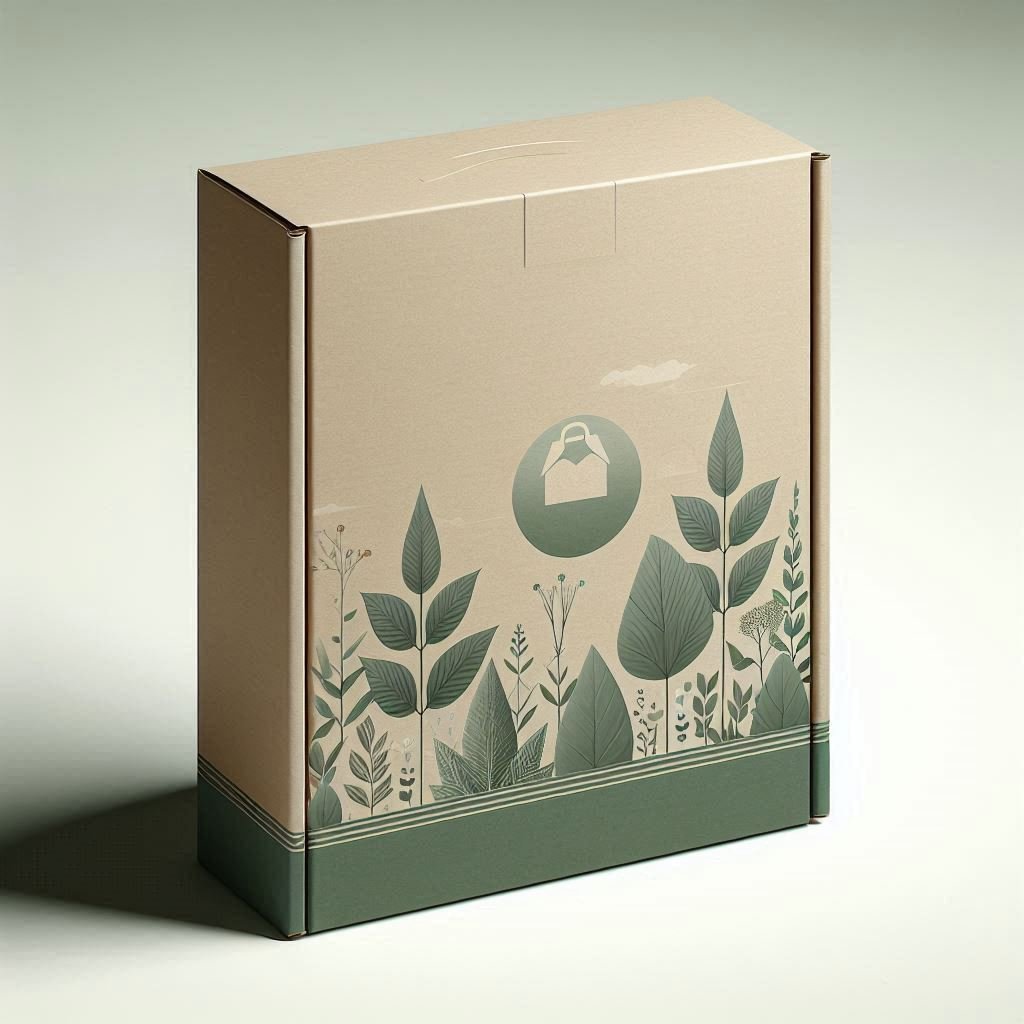The packaging industry faces one of today’s most pressing environmental challenges: excessive consumption of natural resources and the massive generation of waste. Every year, millions of trees are cut down to produce paper and cardboard packaging, much of which ultimately turns into waste. In Portugal alone, approximately 2.5 million trees are harvested annually for packaging production, leading to over half a million tons of waste.
While paper and cardboard packaging remain essential across various industries and cannot be entirely eliminated, innovative strategies can significantly reduce waste from the outset.
Recycling: An Insufficient Solution to an Environmental Crisis
Recycling has long been a widely recognized waste management solution, playing a key role in reducing environmental impact. More than 70% of paper and cardboard packaging is recyclable. However, the recycling process itself requires significant energy and resources. The collection, sorting, transportation, and reprocessing of materials are all costly and energy-intensive, often contributing to additional environmental pollution.
While recycling helps mitigate waste accumulation, the primary focus should be on preventing waste generation in the first place.
Waste Reduction: A More Effective and Sustainable Approach
Rather than relying solely on recycling, a more fundamental solution is waste reduction at the source. This approach not only minimizes energy consumption and resource depletion but also significantly reduces the environmental footprint of the packaging industry.
By optimizing packaging design and production, manufacturers can save raw materials and lower production costs. This strategy not only prevents resource wastage but also reduces reliance on complex and expensive recycling processes.
Innovative Design: The Key to Waste Reduction in Packaging
One of the most effective ways to cut down on waste is through smarter packaging design, leveraging advanced software and intelligent algorithms. Many existing packaging layout and design tools fail to achieve optimal efficiency, resulting in unnecessary material waste.
However, by incorporating artificial intelligence and modern optimization technologies, manufacturers can fit more packaging units onto each sheet of cardboard, significantly minimizing waste. These advanced solutions also offer alternative, intelligent designs that maintain packaging quality and functionality while reducing material consumption.
Economic and Environmental Benefits of Source Reduction
- Lower Natural Resource Consumption: Reducing waste decreases the need for deforestation, helping preserve natural ecosystems.
- Energy Savings: Recycling is energy-intensive, but minimizing waste from the start reduces the need for these energy-consuming processes.
- Reduced Production Costs: By optimizing material usage, companies can cut down on paper and cardboard procurement expenses.
- Lower Environmental Pollution: Recycling involves transportation and processing, both of which generate greenhouse gas emissions. Reducing waste at the source helps mitigate these environmental impacts.

Conclusion: A Sustainable Future Through Waste Reduction
While recycling remains an important tool in waste management, true sustainability in packaging lies in preventing waste generation in the first place. Investing in innovative technologies and utilizing advanced design optimization algorithms can drive significant reductions in waste, conserve natural resources, and lower production costs.
Reducing waste at the source is not just a choice—it is an imperative for a sustainable future.
This article was co-authored by Shahram Sabouri and Behrooz Lotfian
